Greenwich Council waste chance of gaining income from new developments
Next week Greenwich Council’s Cabinet looks set to sign off plans to moderately alter the amount they collect from developers in the borough to support infrastructure – yet despite cuts they’ve chosen to ignore key areas of growth to increase revenue.
A review was supposed to be conducted back in 2018 and is finally happening six years late, during which time millions in potential income was squandered during a time of cuts.
During that time they sunk to the bottom of all London councils at points for collecting revenue. At other times they’ve been very close to the bottom of all London councils despite much new development across the borough.
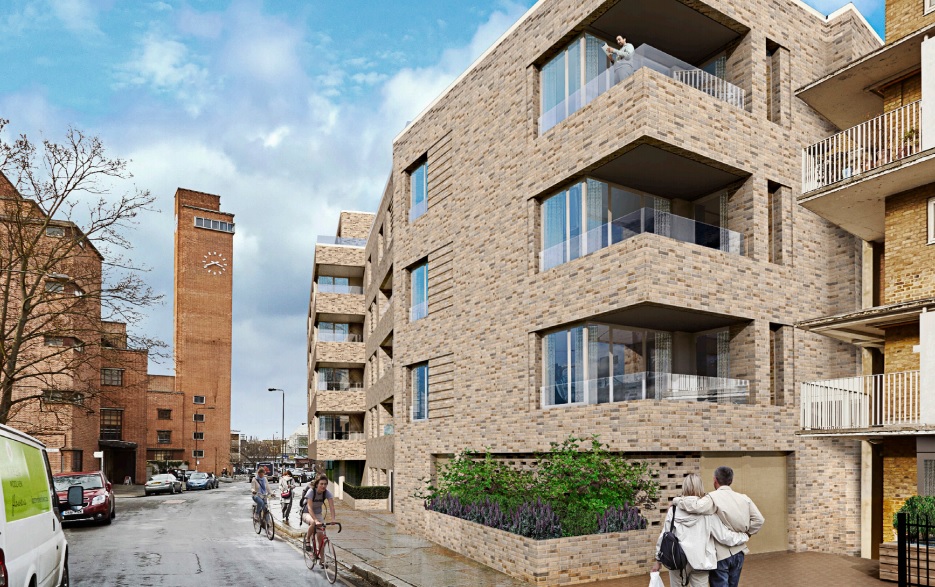
The difference is £100 million over the past decade compared to Brent Council, for example. A spectacular loss of income in a time of cuts.
A decade of failings
Back in 2015 when the Community Infrastructure Levy was first applied to new development, the authority chose to levy rates far below what a Viability Report stated was feasible at the time in prime areas of land value such as Greenwich and beside the Thames.
After now finally revising rates years later than pledged, Greenwich council have explicitly excluded areas of development now seeing much growth or even reduced them. Those being hotels, student housing development and co-living blocks.
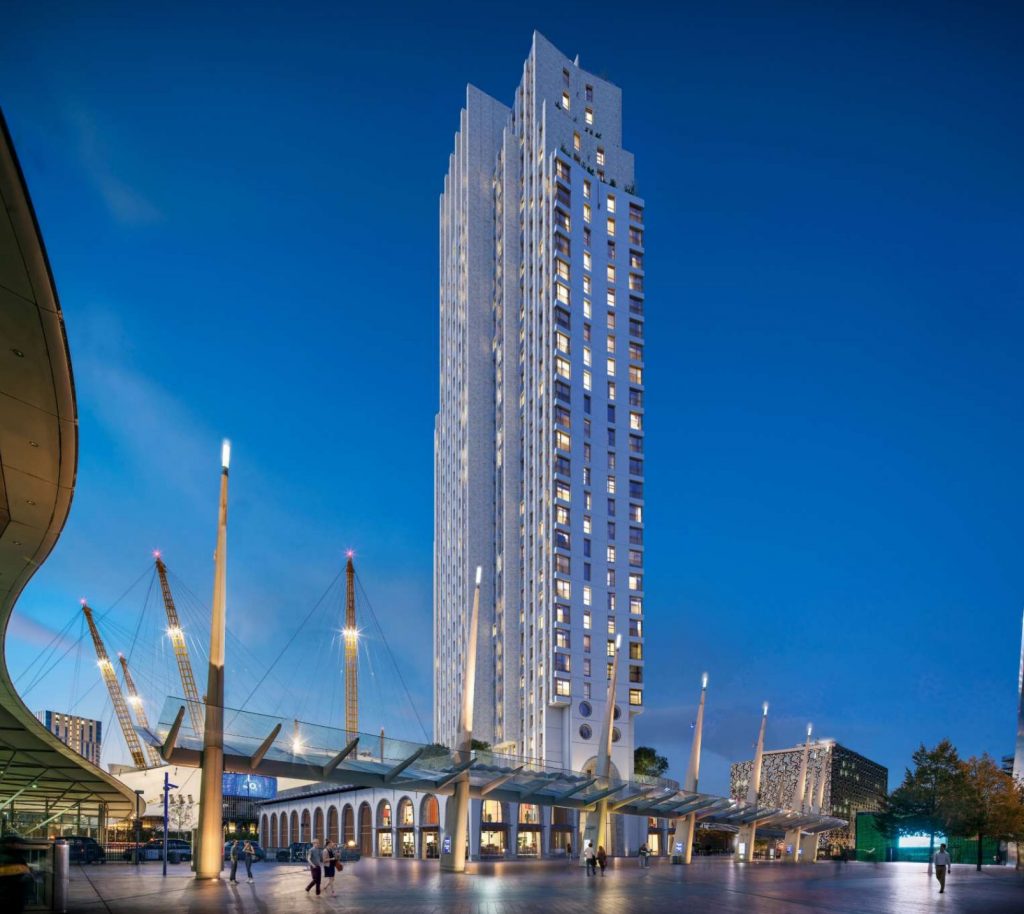
That means only some rates are being revised with submission to the planning examiner while Greenwich’s rate for student housing, for example, will remain at 2015 levels. After inflation that’s £95 per square metre – a rate substantially lower than many councils.
While a developer can build a student tower in Greenwich town centre with views of the Thames or beside the o2 and a zone 2 tube station and pay just £95 per square metre, in Newham it’d be £189 per square metre, Tower Hamlets £447.31 psm, Haringey £265 psm and Lambeth £400 psqm. By the way, they’re all the 2022 CIL rates so will be ever higher in 2024 making the difference to Greenwich’s £95.62 in 2024 even starker.
Co-living in Greenwich is set to be even lower at £90 per square metre. This is a major growth area in London, so of course Greenwich Council go very low.
To give an example of the shortfall, a student development currently underway in Tower Hamlets is to see £18 million of CIL payments. If that was a few hundred metres east in Greenwich beside a tube station just three minutes from Canary Wharf and 10 minutes from central London, far lower rates levied to developers would mean income of just £3 million.
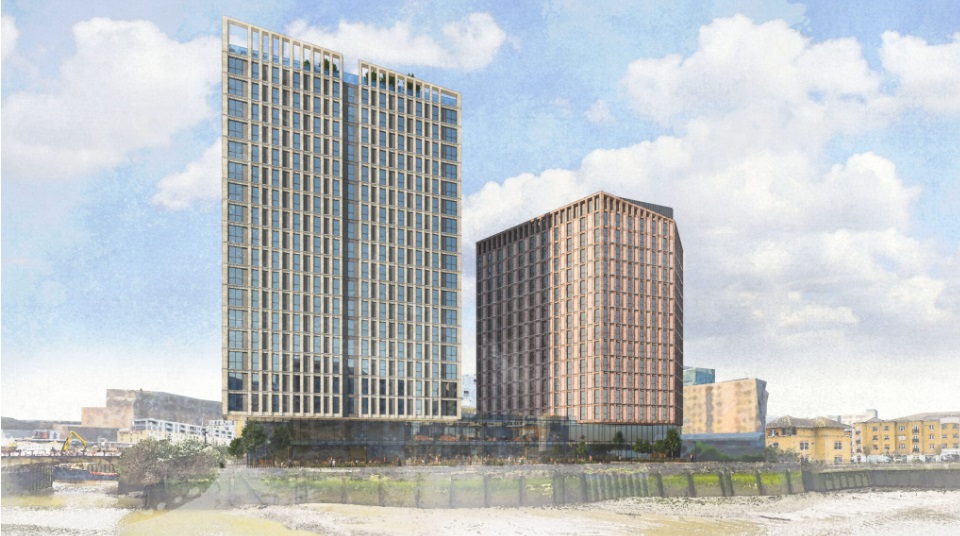
In a report before the council’s cabinet next week it states in terms of increasing rates: “This option is not recommended as the proposed rates are informed by and consistent with evidence on economic viability across the charging authority’s area”.
Except they didn’t even look at student housing and hotels so it’s not “informed and consistent with evidence”. An external review simply stated nothing had changed with student accommodation since 2015. That’s simply not true and a cursory looks around London councils shows it.
Bromley set a rate of £150 per square metre in 2021 which is nearing £200 now after inflation. Double Greenwich’s proposed rate.
Are they really suggesting student blocks in prime locations with excellent amenities and transport links are less desirable and have lower land value than outer London?
Councillors and Officers however seem to have swallowed it and not challenged. A look beyond their boundaries would help.
Cuts
That all has an impact. Greenwich Council have just agreed a substantial package of cuts across the borough impacting far and wide including areas such as parks. CIL funds can be used to help plug the gap – or at least could if managed well. Newham last year used £1.78 million for parks.
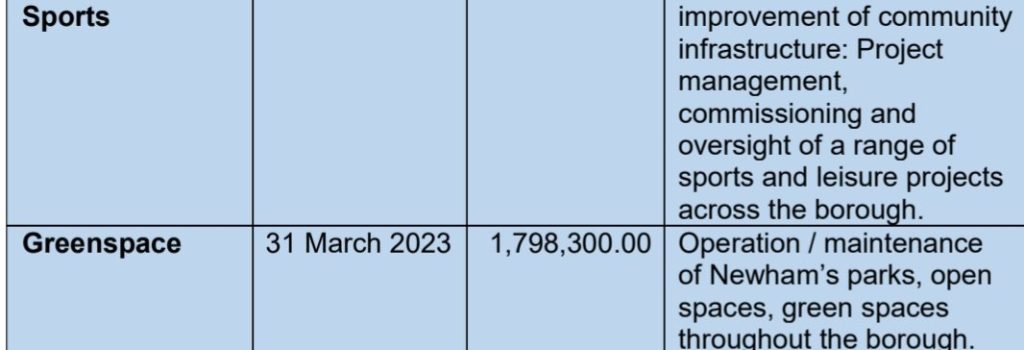
Meanwhile in Greenwich almost a decade of failure and a future where levy’s remain low looks to limit chances to mitigate cuts from central government. While CIL can never make up the entire shortfall it can certainly help.
Greenwich had also previously made the baffling decision in 2015 not have a higher rate in prime areas. I’ve seen no other London council ever do this. They said it was to not confuse developers. Somehow developers managed fine in the rest of the capital. They are to finally revise that almost a decade late.
Greenwich ultimately did end up with two rates but only as the Planning Examiner pushed for lower rates in the east. Greenwich however didn’t push for higher in the west.
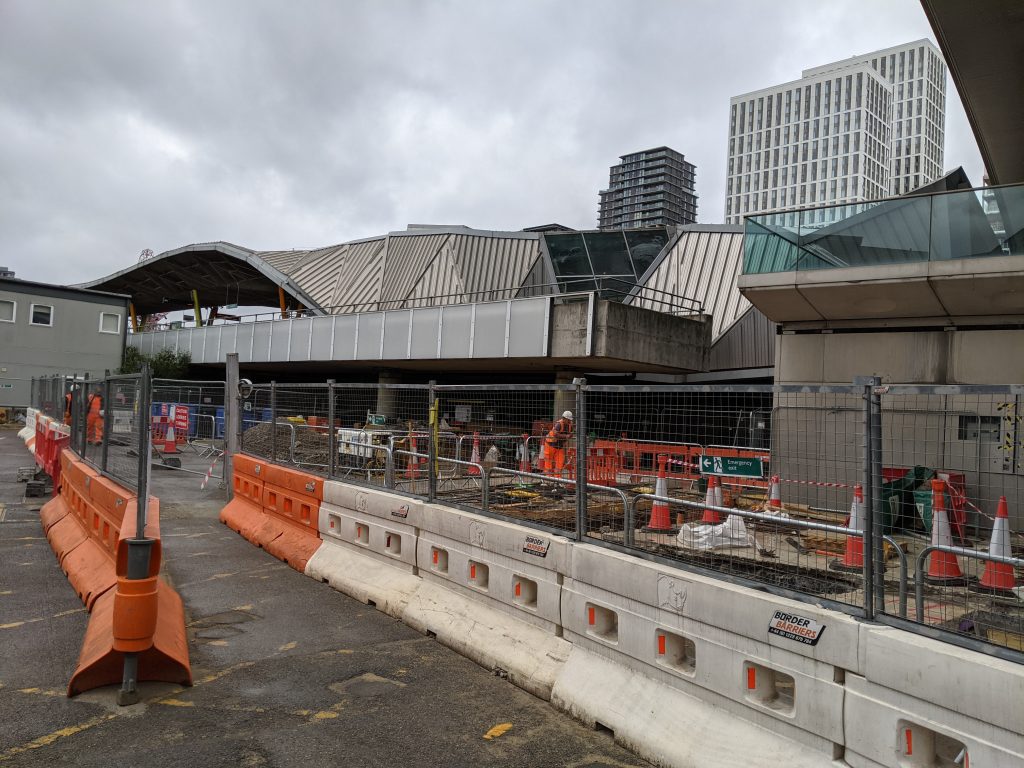
If you’re sad enough as me you’ll look at the annual CIL reports from authorities all over London. Two things are stark: Greenwich lag miles behind in total revenue annually and cumulatively since 2015. Second is that so many things can be improved via this key source of revenue.
I’ve recently been covering a new station entrance being built at Stratford. CIL revenue to Newham is helping to part-fund. What did Greenwich say when Network Rail sought funding to improve bridges and station access using funds from development in Woolwich? Nope. No can do.
Much like they often state to TfL for transport improvements.

It’s little use having a new Transport Strategy if it can’t be backed up with funding, and it won’t be by refusing to increase CIL rates and ignoring various major growth tenures.
Reasons and excuses
When it comes to not altering rates in some fields of major growth such as hotels and student/co living blocks, Greenwich Council state they were advised they cannot revise student development rates due to a lack of prior development.
Yet this is contradicted in other authorities and agreements with the planning examiner.
As stated before, Bromley Council for example, adopted current CIL rates in 2021 with rates of £150 per square metre (now nearing £200 after inflation) for “large-scale purpose built shared living and purpose built student accommodation.”
Did Bromley have much direct student development in their borough? No, so they went with a “regional” rate. The planning examiner agreed with Bromley. Greenwich’s reasons for keeping low rates doesn’t stack up.
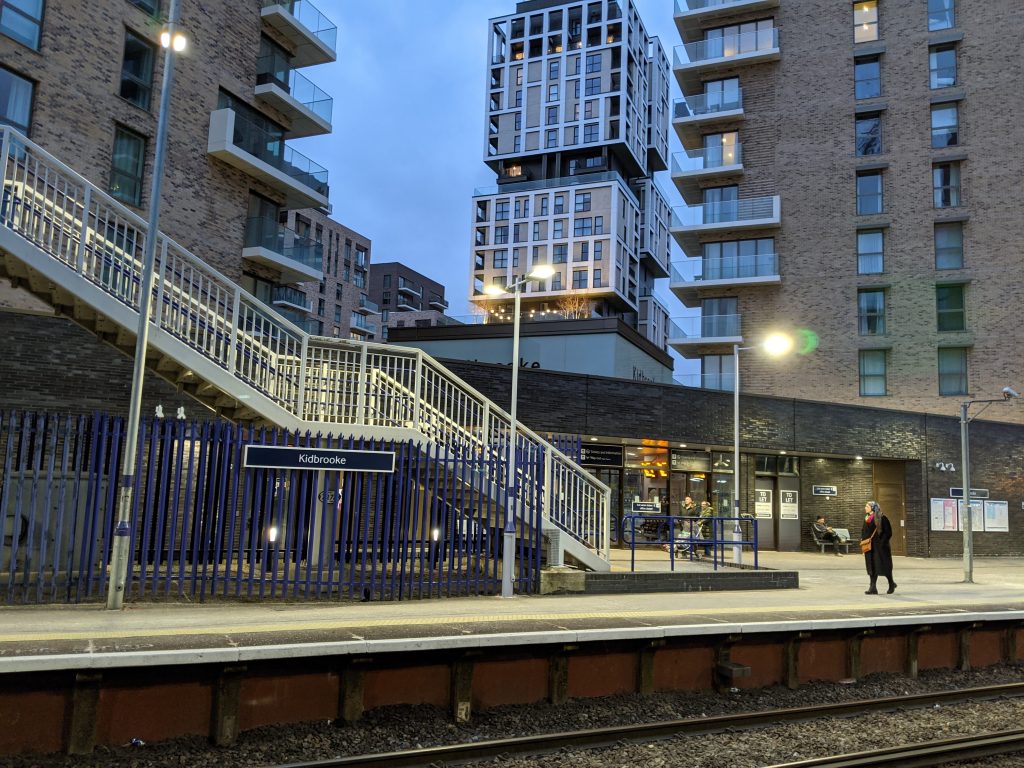
Whether it’s Tory borough’s in outer London or inner London boroughs covering zones 2-4 such as Newham, Greenwich are lagging.
Other excuses from Greenwich officers and councillors have been numerous. Previously they stated low CIL was due to agreements dating from before 2015 on certain major developments.
That is true if plans were agreed before 2015 and not subsequently altered. Yet those large masterplan areas have been altered and seen a sizeable uplift in total housing. One being Greenwich peninsula and the other Kidbrooke Village.
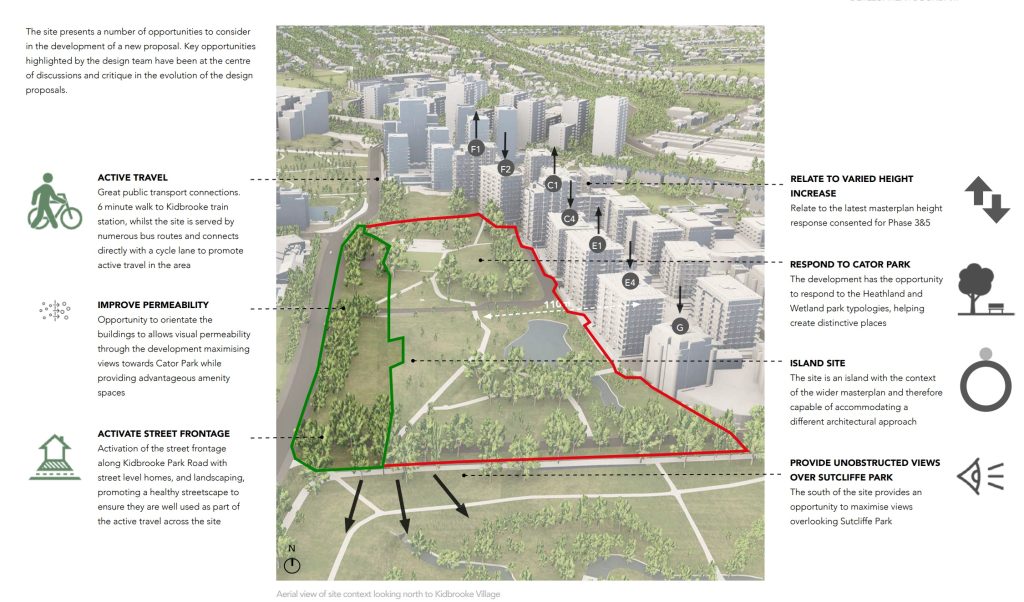
Just this week yet another increase at one plot was approved. This continues the trend and since 2015 the total number of homes across Kidbrooke Village approved has substantially increased – and so much of the area and housing has become liable for CIL.
So another reason for failing to obtain funds for borough residents and services falls pretty flat. By setting such a low rate and failing to increase for many years, developer Berkeley Homes has done very well.
Residents facing cuts on the other hand have not.
Woolwich station
Another favourite excuse for the council for a lack of CIL funds for services and improved borough infrastructure is paying for Woolwich Elizabeth line station. Well, yes, but mismanagement meant they’ve collected so little for a decade and still havn’t paid it off.
Most London borough’s would have paid off the £7.5m CIL allocation in a short period. Not nine years. That’s less than six month’s revenue in Brent.
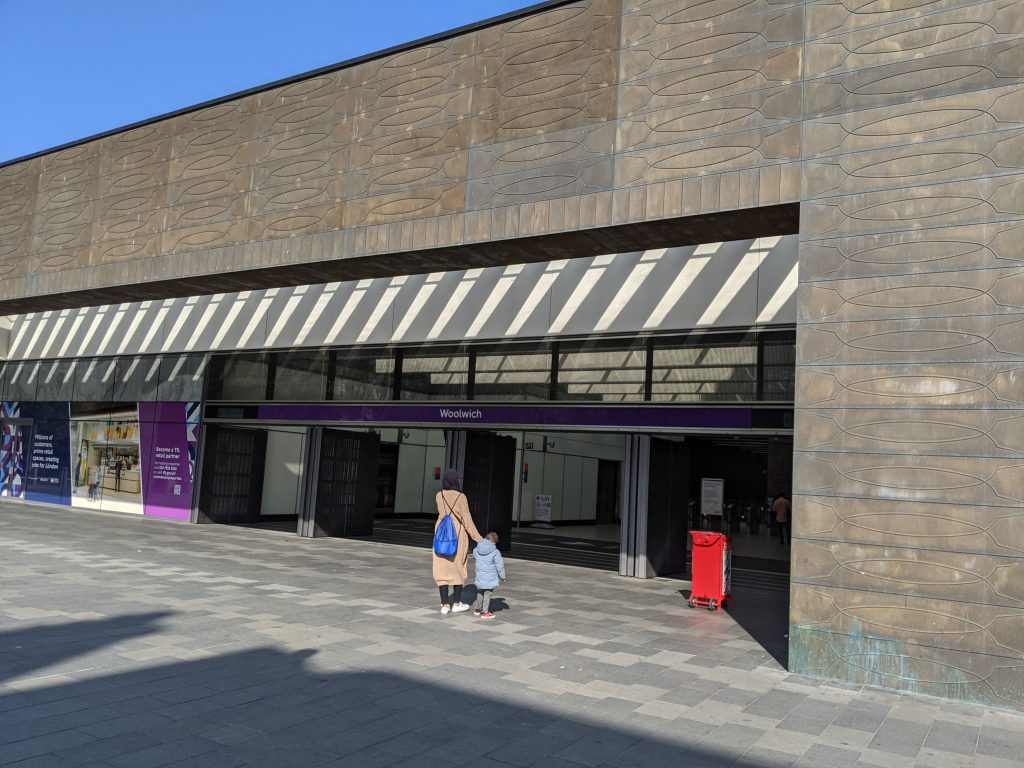
The vast majority of London councils, with perhaps the exception of those outer boroughs covering zone 6 and with far less development, would have long covered the cost and now have ample funding for other areas.
Failings continue
This area has exemplified Greenwich Council’s failings for many years.
And it’s not party political. Many London Labour councils have achieved far more. Outer London Tory Bromley has.
It’s painful to realise how many millions have been lost through gross mismanagement. What’s possibly worse is to know it will now continue as the authority again ignore what’s possible (much as they ignored the Viability Report in 2015) by not even seeking to revise rates on hotels, student housing development and adopt very low rates on co-living. Three areas seeing massive growth.
And this isn’t penny change. It’s millions in revenue annually for heath, transport, improved parks, streets, health and so much else. While Brent council collected £18.4m in a year as shown in their most recent report, Greenwich only collected £3.3 million and that was their best year since 2015. Failings cost big. While Brent have seen more than £100 million in CIL revenue since 2015 up to 2022, Greenwich struggled to £15 million and lagged most of London.
Now serious cuts are hitting Greenwich (£33 million from April) their failure to do all they can to mitigate will become ever starker.
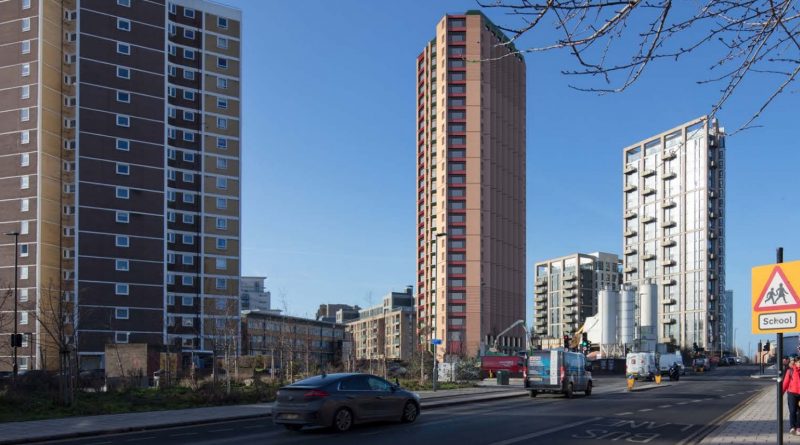
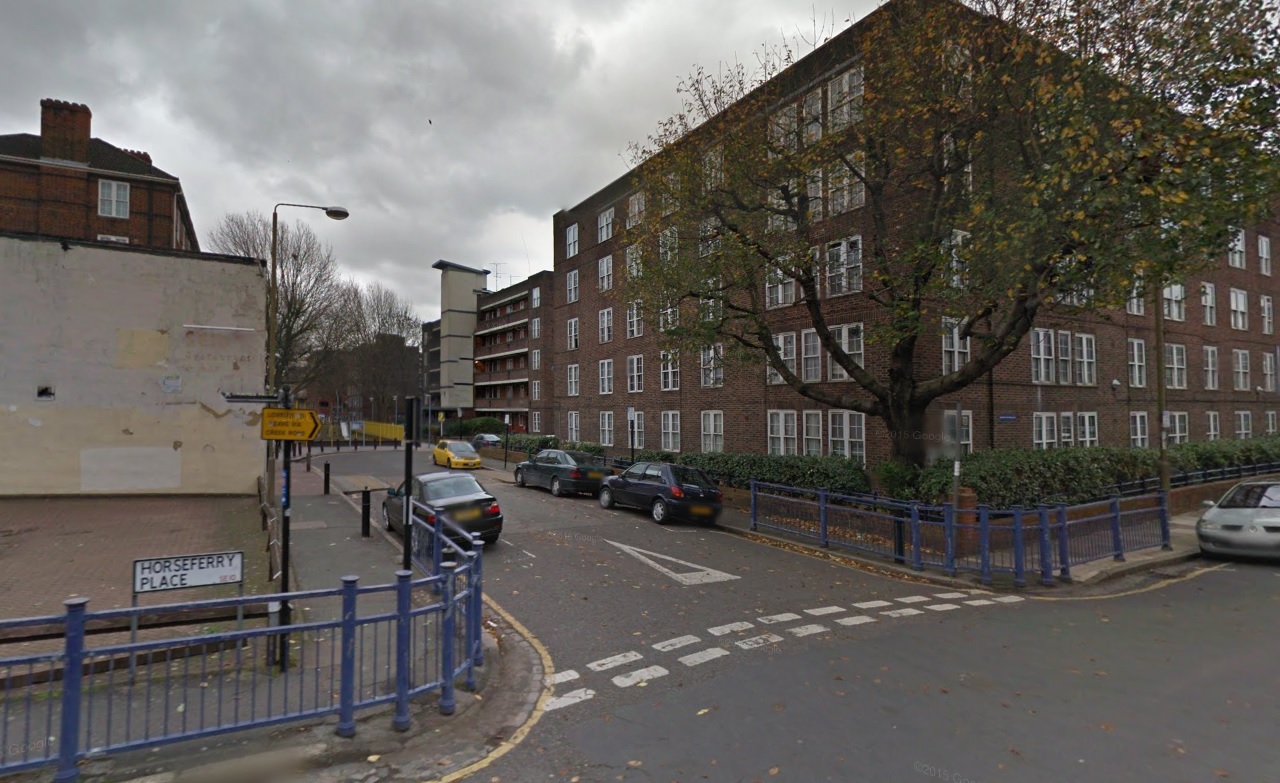
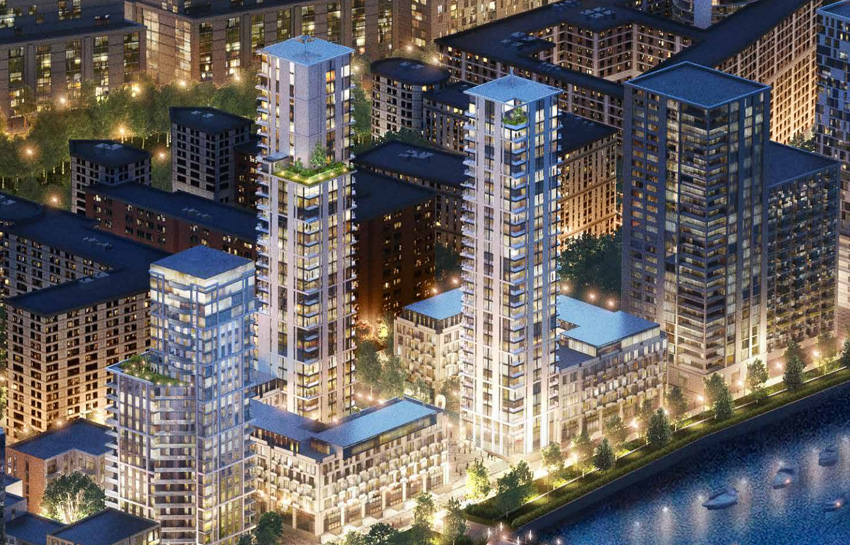
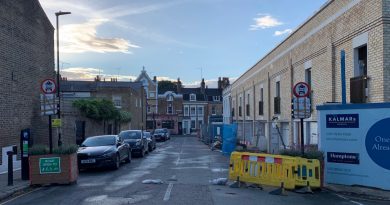
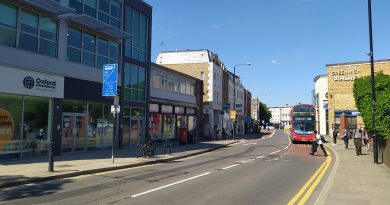
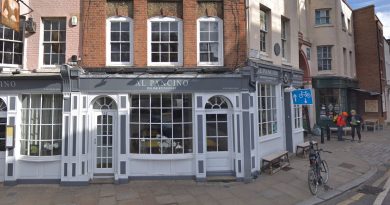
Thanks for this I’ve been looking through the reports and addendums before the cabinet meeting next week. It’s a nonsense isn’t it? A borough like Greenwich should be doing very well out of new development which is plentiful yet what they have obtained is so much less than many other parts of London and other UK cities.
All I see is the council leadership complaining about outside factors (which are fully justified) but doing oh so little on things within their own power. I’m going to write to my Labour councillor to see what they say. I will let you know if they look into it or just rehash the nonsense from leadership and council officers as something is very, very wrong here.
We should be chasing councilors up on this. I recently had one complaining about cuts to parks. No choice they said. To see Newham use funds to help parks while “Royal” Greenwich make decisions that make similar unlikely says it all. I’m gonna ask them. See if they fall into party line or bother to look beyond and do something. Let’s see…
This is what happens when one party is always in control.
It’s not though. Newham is the most solid Labour borough going and will always be Labour. They manage to obtain greater revenue and have a CIL rate double that in Greenwich with certain types of development. Bromley is true-blue Tory and even in the party’s current mess nationally polling 20 per cent will remain Tory. They managed to obtain double the CIL rate of Greenwich.
Greenwich’s problem isn’t who runs it so much as poor management, hopeless officers (let’s be polite) and crucially, elected representatives who are letting them get away with a decade of failure in this area.
It’s pitiful to claim they can only obtain half what both Newham and Bromley can manage in sites like west Greenwich and north Greenwich with excellent transport links in zone 2.
I don’t think half the cllrs are bright enough to understand the issue let alone challenge things like this. Try talking to them. Default to groupthink as no idea what’s happening. Much easier to point elsewhere than improve the lot for their own residents. It’s a rotten old borough. The poor suffer but those running the show arent poor so they dont really care as if they did theyd act.
One thing overlooked here is the neighbourhood element of the Community Infrastructure Levy does such good work but it’s only 15 per cent of the overall amount.
Of course 15 per cent of the small amount Greenwwich council collects results in very many potentially great projects that can aid residents with nothing. I helped apply for funds and we didn’t win. If Greenwich was as effective as Brent, Hammersmith or Newham councils to give but three examples we’d have likely won and helped deprived residents. These cock ups and failings deprive the worst off and those most in need. Shame on Greenwich Council.
It seems it’s time for a clear out of the people making the recommendations.
If there are good reasons behind this proposed scale of charges then lets hear them from cllrs and officers in public.
However as usual there is silence.
Somewhat dilutes the council’s great enthusiasm for engagement.
If it was not for John writing his articles the public would not be aware of these situations which affect us all has both local residents and council tax payers. It was John who in the past alerted us on the issue of money from Developers provided for public realm improvements etc was being given to GLLAB to top up the budgets of this lost making organisation among other things.
Councillors and Council Officials need to explain themselves.
Otherwise it really will be time for change at Woolwich Town Hall with the current Labour administraton removed at the next local elections. I have been Labour supporter all my life but feel I just cannot trust them anymore.
Thank you John for another great article.
The BNP Paribas report looks like they got to half 4 on a Friday and knocked off ignoring key aspects such as student housing. How on earth can they state land values in zone 6 are higher than beside Elizabeth line and London Underground stations?
What’s perhaps more worrying is council managers just accepted that along with senior elected leaders? Student housing proposals are one of the capitals major growth spots and it’s ignored.
Student housing, hotels and Co living should all have two rates as standard residential will to capture revenue potential around major transport nodes such as the Elizabeth line. Not doing so is a failure of some proportion.
The borough of Greenwich is blighted by new developments and applying the FULL CIL would have brought in millions of pounds. The Cabinet office should be pressed on why this did not happen.